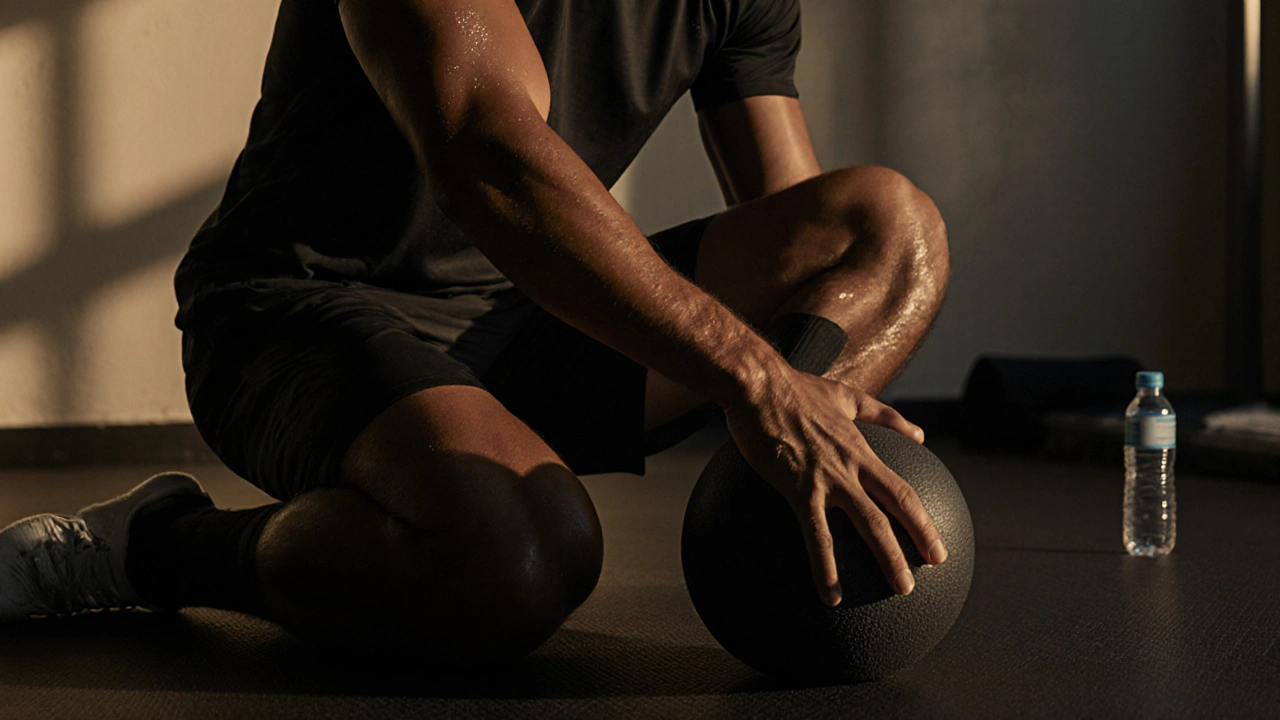Athletes Recovery: Massage Techniques That Actually Work
When you push your body hard—whether you’re a weekend warrior, a competitive runner, or a strength athlete—athletes recovery, the process of restoring physical function and reducing soreness after intense training. Also known as post-exercise recovery, it’s not just about resting. It’s about actively repairing muscle tissue, flushing out metabolic waste, and resetting your nervous system. Skip the ice baths and foam rollers that don’t deliver, and focus on what science and pro teams actually use.
Sports massage, a targeted form of bodywork designed for active individuals isn’t just a luxury. It’s a tool that reduces muscle stiffness, improves circulation, and cuts down on recovery time by up to 30% in some cases. Unlike general relaxation massage, it’s timed, focused, and often applied right after training or before competition. You’ll find it in the routines of Olympic athletes, pro soccer players, and even CrossFit champions. It’s not magic—it’s mechanics. Pressure on tight spots, deep strokes along muscle fibers, and specific techniques like trigger point therapy all help break up adhesions that slow you down.
Then there’s myofascial release, a method that targets the connective tissue wrapping your muscles. When this tissue gets stuck from overuse or injury, it pulls on your joints, limits movement, and causes pain that feels like it’s coming from your muscle. Myofascial release uses sustained pressure to gently unstick these layers, restoring natural glide. It’s why so many athletes report feeling looser and stronger after just one session. And it’s not just for pros—anyone who lifts, runs, or trains hard can benefit.
And let’s talk about DOMS recovery, the delayed muscle soreness that hits 24 to 72 hours after a tough workout. Most people think it’s just part of the process. But it doesn’t have to be. Studies show that consistent massage during this window reduces inflammation, speeds up protein synthesis, and helps you get back to training faster. You don’t need to wait until you’re too sore to move. Start early, stay consistent, and your body will thank you.
Deep tissue massage? It’s not just for people with chronic pain. For athletes, it’s a way to dig into the deeper layers of muscle that regular stretching can’t reach. It helps with injury prevention by keeping those stubborn knots from turning into tears. And when combined with proper hydration and sleep, it becomes part of a powerful recovery system.
What you’ll find in the posts below aren’t theories or fluff. These are real, practical guides written by people who’ve seen what works—whether it’s how to time your sports massage for maximum benefit, what tools actually help with myofascial release at home, or how to handle DOMS without quitting your training. No hype. No gimmicks. Just clear, tested methods used by athletes who need to perform, not just feel good.
Athletes are increasingly using myofascial release therapy to improve mobility, speed up recovery, and prevent injuries. Learn how this simple technique works, why it’s more effective than stretching or ice baths, and how to start using it today.


 Health and Wellness
Health and Wellness